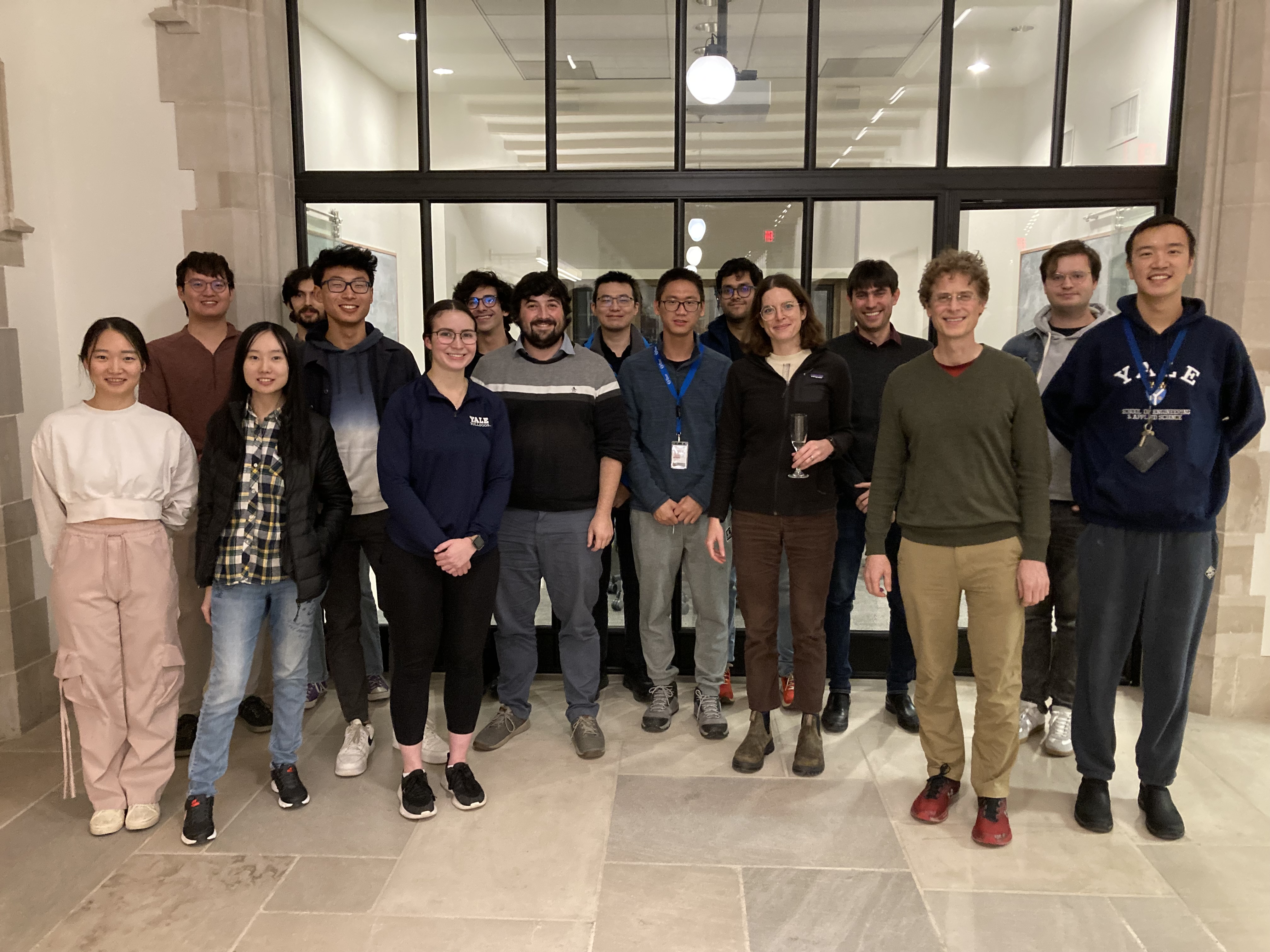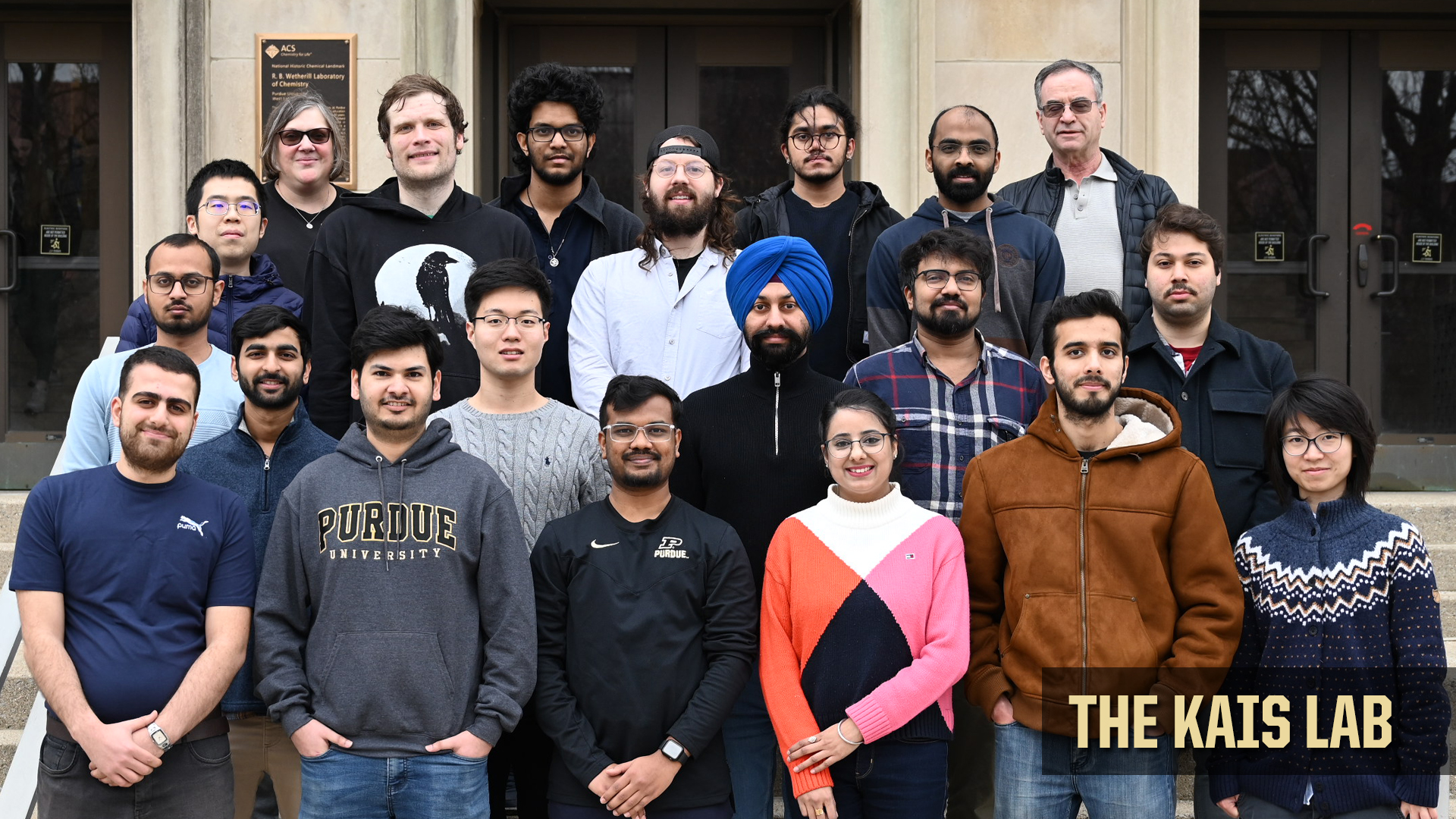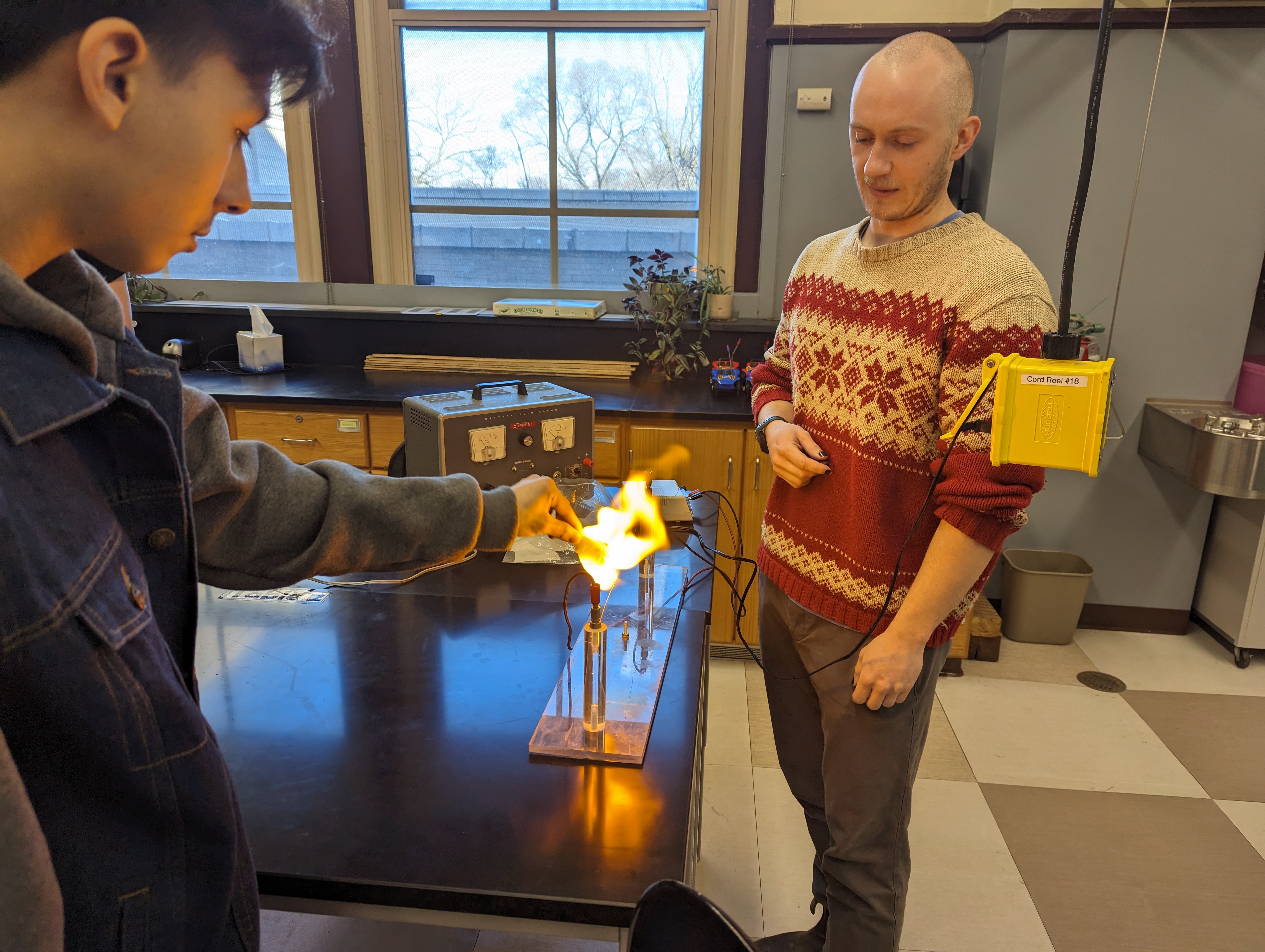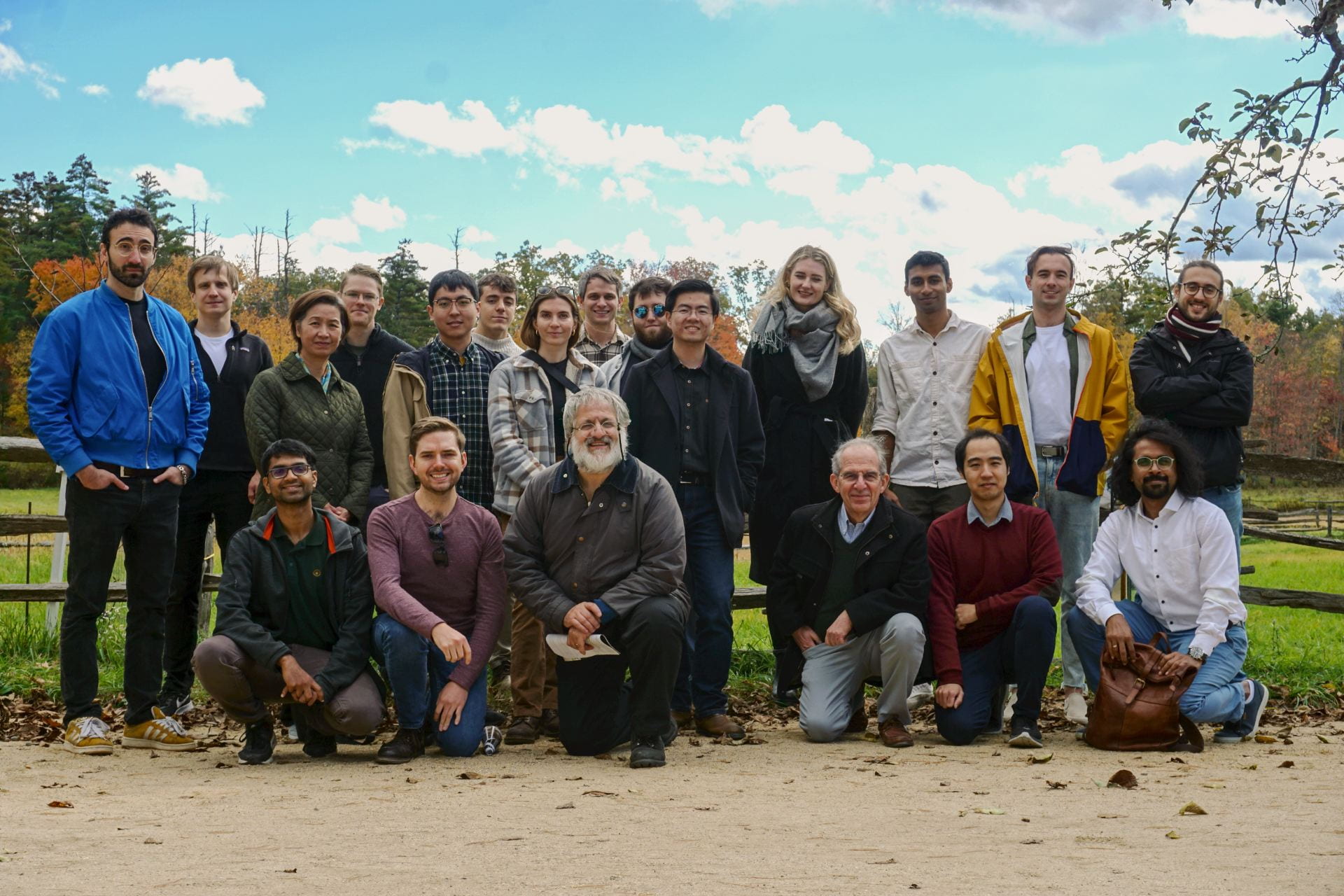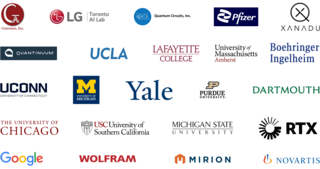Center Overview
There is currently a huge gap between the problems for which a quantum computer could be useful in chemistry, including studies of quantum reaction dynamics and spectroscopy, and what can actually be simulated today with quantum computers, even with the largest and most impressive qubit platforms from IBM, Google, or Rigetti. The challenge is that most well-known quantum computing (QC) algorithms have hardware requirements and circuit depths that far exceed the current scale by several orders of magnitude.
Closing the so-called ‘QC gap’ is essential to make QC technology finally available to chemistry, beyond the rather simple proof-of-concept applications that so far have been developed. One approach is to wait until conventional quantum computers from the private sector become fault-tolerant and six orders of magnitude better. Another approach is to find platforms for efficient realizations at the hardware level of the molecular problems of interest, and that is the vision of the proposed CCI. During Phase I, we have demonstrated how to bridge the QC gap by using 3D cQED modular devices which are quantum versions of special purpose yet fully programmable processors.
The development of hardware modules corresponding to a selection of problems is critical to enable highly efficient calculations in the near term and thus requires synergy and collaboration between algorithms, theory, hardware development and application. Many people are hoping to use quantum computers for electronic structure calculations. During Phase II, we will focus on quantum dynamics simulations of molecular systems that are ubiquitous in chemistry and are very difficult to simulate efficiently even when potential energy surfaces are available, including vibronic effects and quantum dynamics at conical intersections that determine the branching ratios of chemical reactions.
Our goal is to introduce bosonic modules for quantum computing in chemistry and enable quantum simulations of spectroscopy, exciton transfer, and quantum reaction dynamics. In contrast to conventional quantum computers that use only two-level qubits, we propose to exploit platforms based on qudits (rather than qubits), with control over at least d = 16 quantum states per qudit in 3D microwave cavity resonators. The resulting scheme dramatically reduces the hardware requirements, with every single cavity replacing the function of many conventional qubits, opening up an opportunity to create quantum computers for chemistry applications. It is an exciting time for Phase II since we have already developed fully programmable bosonic simulators that can be applied to a wide range of simulations, building upon our initial work on calculations of vibronic spectra, for which conventional qubit computers would require thousands of gates well beyond the capabilities of available Noisy Intermediate Scale Quantum (NISQ) computers, and all the work established during Phase I.

